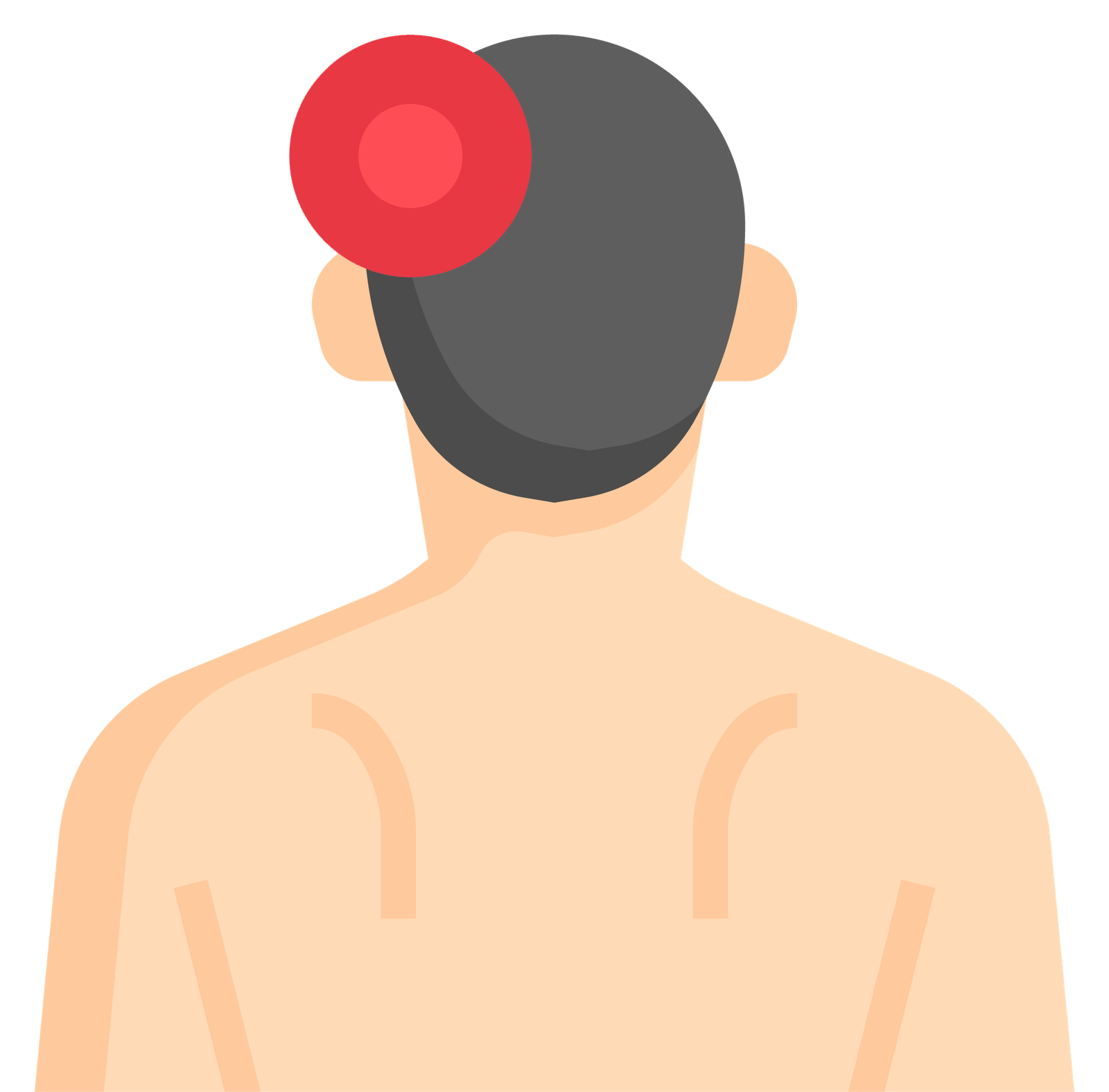Comprehensive Care for Hand and Wrist Injuries
–Hand Injuries and Pain , Your hands and wrists are vital for daily activities, making them susceptible to injury.
-At Well Motion Physiotherapy & Allied Health, we take a collaborative approach to treating hand injuries, ensuring you can return to your normal routines as quickly and comfortably as possible.
Expert Treatment for Common Hand and Wrist Conditions
Our skilled team provides compassionate care for patients of all ages experiencing pain related to:
- Trigger finger
- Carpal tunnel syndrome
- Sprains and strains
- Dislocations
- Arthritis
- Tendonitis of the thumb
- Wrist sprains
Regardless of your specific injury, we work closely with you to develop a tailored treatment plan aimed at promoting recovery and helping you get back to the activities that matter most in your life.

Hand injuries we treat
Trigger finger
Trigger finger is a condition when your thumb or fingers are locked in a bent position.
-Symptoms of trigger finger can include:
- Catching feeling
- Limited movement
- Pain or stiffness
- Popping or clicking sensation when moving your finger
-Your treatment can include gentle exercises to help maintain mobility in your finger. If surgery is required, hand therapy can help you regain use of your finger.
Hand Injuries and Pain
Carpal Tunnel Syndrome
Carpal tunnel syndrome is the result of a pinched nerve in your wrist.
-Symptoms of carpal tunnel syndrome can include:
- Numbness or tingling in your thumb, index and middle fingers
- Pain in the palm of your hand and wrist
- Weak grip and pinch
Sprains and strains
Sprains and strains can occur in fingers or your wrists. The difference between a sprain and a strain is that a sprain injures the tissue that connects two bones; a strain involves an injury to a muscle or the tissue that attaches a muscle to a bone.
-Symptoms of sprains and strains can include:
- Bruising
- Limited range of motion
- Pain
- Swelling
-Your treatment can include strengthening, stability and stretching exercises for your finger or wrist.
Dislocations
A dislocation is an injury to a joint — where two or more bones come together— and can temporarily deform and limit mobility.
-Symptoms of dislocations include:
- Pain
- Swelling or bruising
- Inability to move your finger
- Your finger or wrist looks deformed or sticks out to one side
-Your treatment can include techniques or exercise to restore your range of motion, stability and strength.
Arthritis
Osteoarthritis is a result of wear and tear on the joints of your hand. Rheumatoid arthritis is the result of inflammation in the joint.
-Arthritis symptoms can include:
- Joint deformity
- Joint stiffness
- Joint swelling
- Pain with movement or rest
- Weakness and loss of muscle mass
-Your treatment will include exercises that will increase your strength and function and reduce pain. In addition, gentle heat or cold can help with the symptoms.
Tendonitis of the thumb
Tendonitis of the thumb affects the tendons on the thumb side of your wrist.
-Symptoms of thumb tendonitis can include:
- Difficulty moving the thumb
- Difficulty grasping or pinching
- Pain or swelling at the wrist where your thumb is attached to the forearm
- Weakness
Wrist sprain
A wrist sprain is a common sports injury and happens when the ligaments in your wrist stretch beyond their limits or tear. Symptoms of a sprained wrist can include:
- A popping or tearing feeling in the wrist
- Bruising
- Loss of motion
- Pain
- Swelling
- Tenderness and warmth in the wrist
- Weakness


